Mobile app project for Animalis foundation
Mobile application for a Polish foundation taking care of stray cats and dogs. The app matches pets with foster or forever homes.
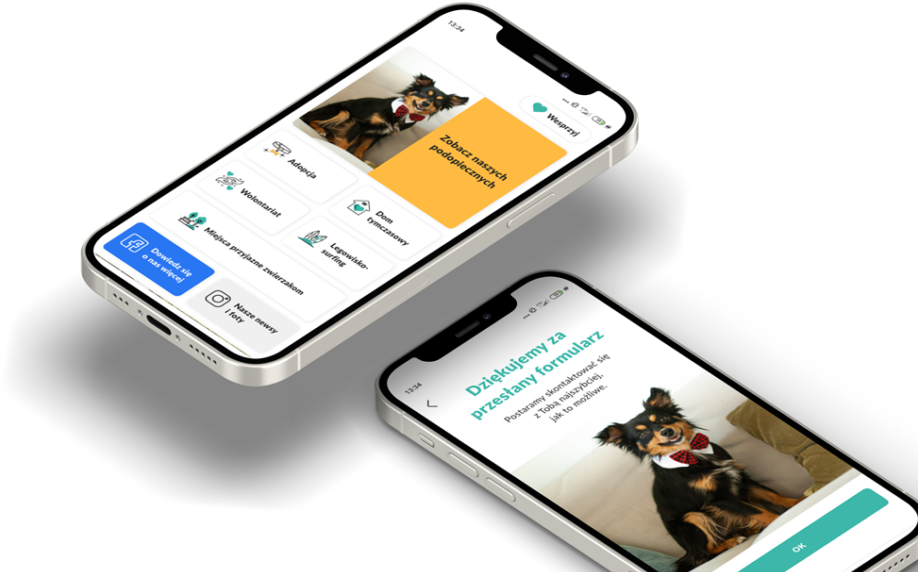
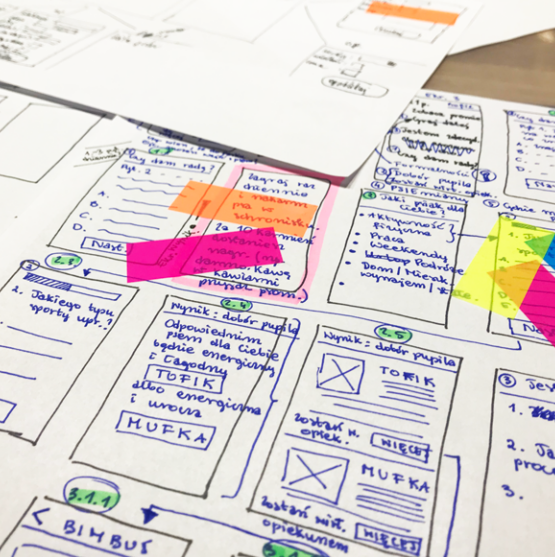
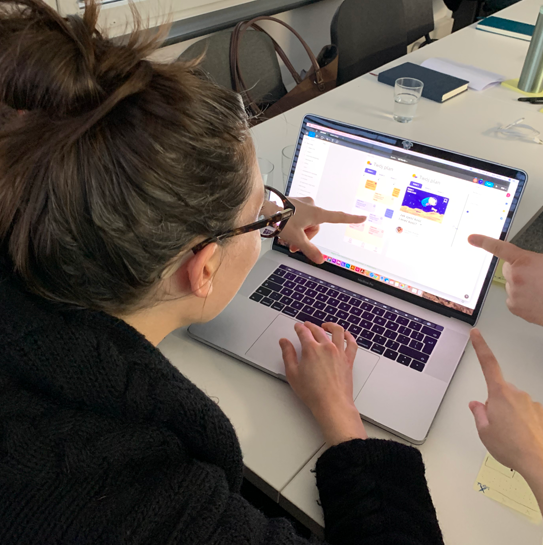
The problem
Every year there are over 90 000 new cases of abandoned dogs in Poland. Preventive measures are ineffective and there is a need for more foster and permanent homes. There is not enough financial support for the organisations that take care of abandoned animals, like Animalis foundation.

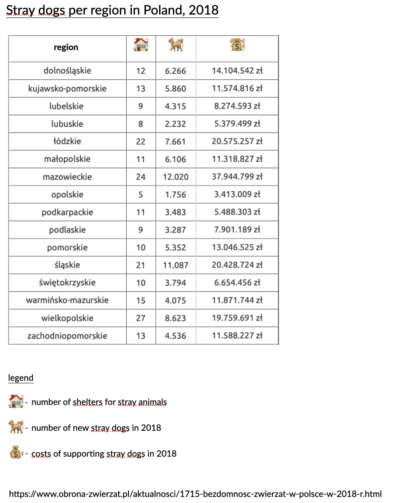
The concept
Based on the take-aways from the workshops on the basics of prototyping a mobile app, I started to create a project for an animal foundation. The idea was to help take care of stray animals by placing them in foster homes, while looking for families that can adopt the pet.
The goal
The main goal of the app was to help match the pet with a potential foster or adoptive home.
It’s one step that requires a lot of effort from the foundation’s volunteers, who have to get the attention from people and then present the pets over and over again. It’s a repetitive, time-consuming occupation that often requires follow-ups, going through numerous emails, or receiving many phone calls. The goal was for the app to cut down on the time that volunteers have to spend on these duties.
The challenge
The most challenging part of this project was to present the animals currently awaiting adoption in a pleasant and attractive way. The listing had to be brief, yet attractive. It’s purpose was to show the most important information about the pet, before accessing more detailed information and a gallery.
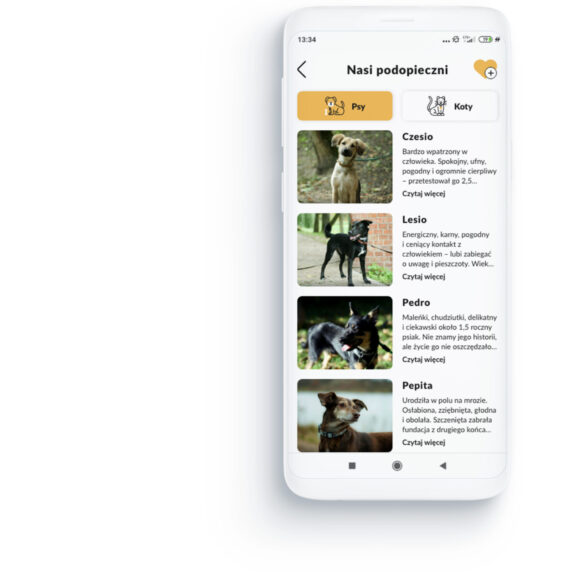
VERSION 1
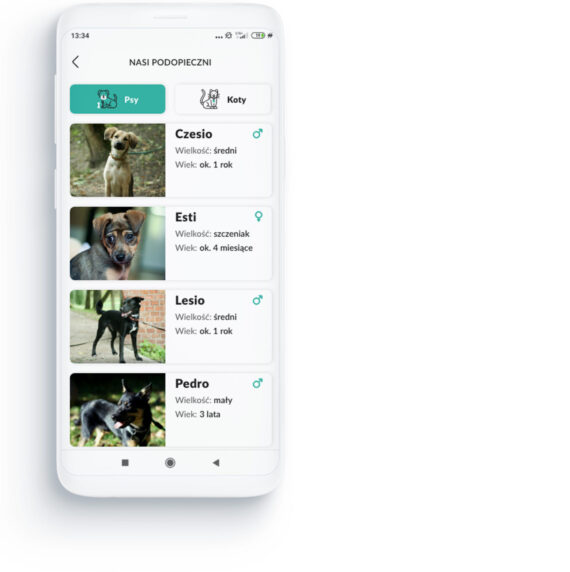
VERSION 2
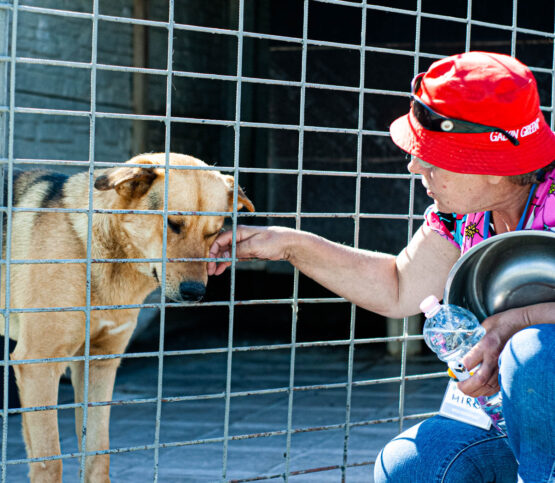
Desk and field research
I researched the field to understand the needs of both the foundation as well as the potential users. Since I’m a volunteer helping animals, apart from digging into the available information online, I also talked to people who help stray animals, to get their insights. This was an important part of the process that made it easier to meet the goal.

Workshops
The idea was developed further during a two-day workshop based on the Design Sprint method that I had a pleaseure to co-facilitate.
At the workshops, I had a chance to work with other participants and bring the project to the next stage. We discussed and re-worked the core functionalities of the application. Thanks to a number of activities we worked on the flowchart and first wireframes, which gave a strong basis for shaping up the solution.
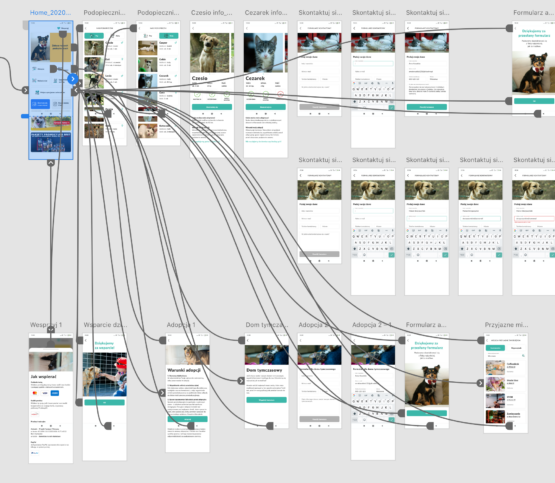
Prototyping
Taking into account the purpose of the app, the presentation of pets available for adoption became the project’s centrepiece. All my work revolved around this and other functionalities were dependent on the core.
Functionality was equally important to me. I worked thoroughly on making the project easy to navigate through and intuitive enough for the end users. For this, I looked into usability scenarios and users’ needs, to best approach challenges they could face.
The Design
Deciding upon the colour scheme and the feel and look of the elements was something I left towards the end. Throughout the process I had a chance to test different approaches and finally, decided to go with a very clean design.
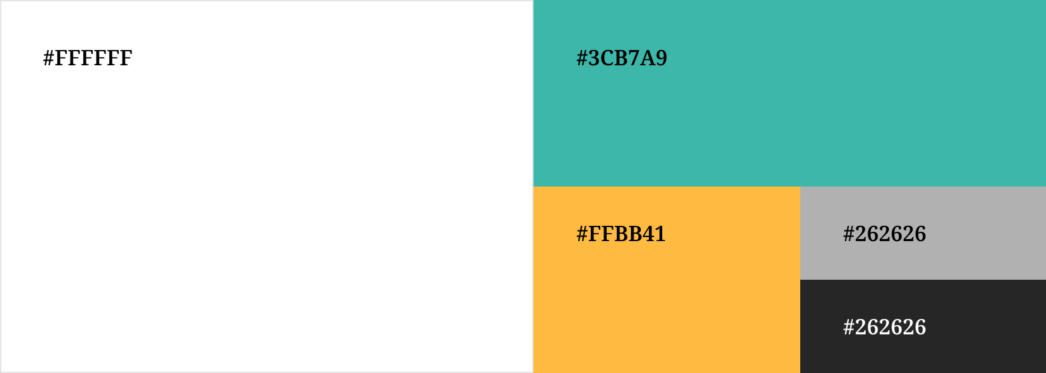
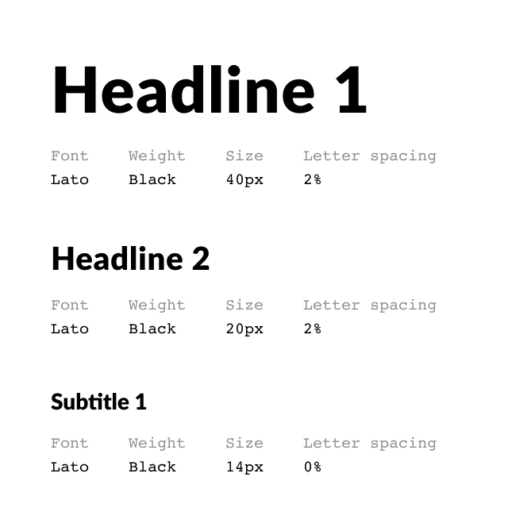
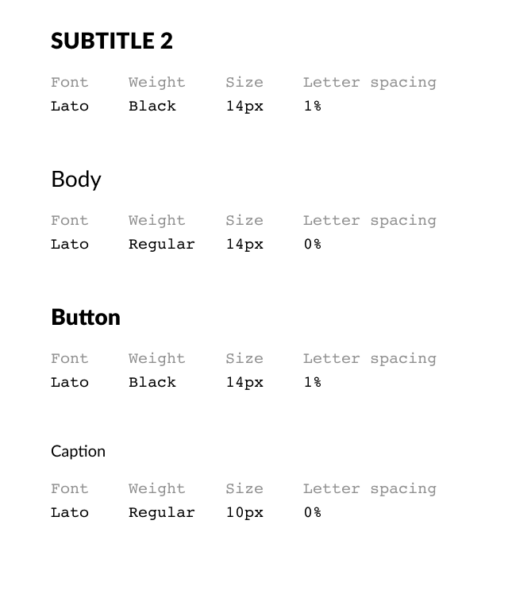
Rapid Iterative Testing and Evaluation (RITE)
As the last part of the proccess, I conducted usability tests on an interactive prototype, in order to find out what needed improvements and receive feedback from users. After a few RITE user sessions, I managed to master interactions of the main functionalities and the design of the application.
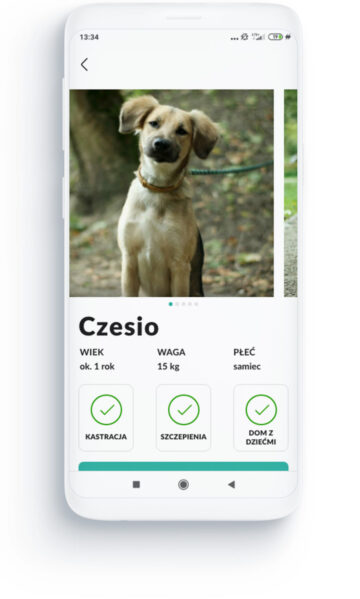

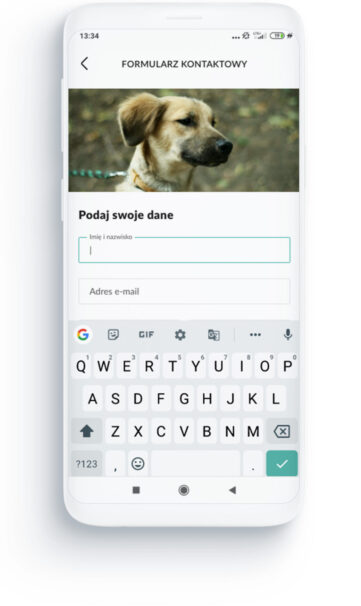
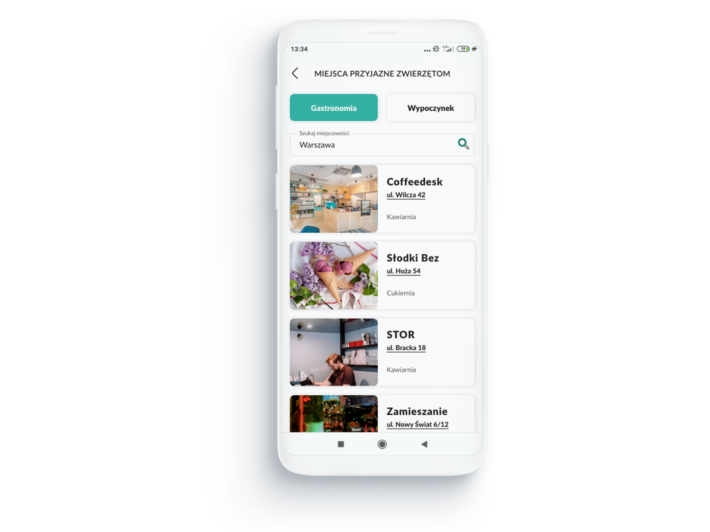
Add-ons
The project also icluded promoting financial donations and applying to become foundations’ volunteer.
I introduced an additional section that is prompting animal-friendly places and offering a “couch-surfing” community for adopted pets. This member-only section should be an incentive for potential users to get aquainted with the application.
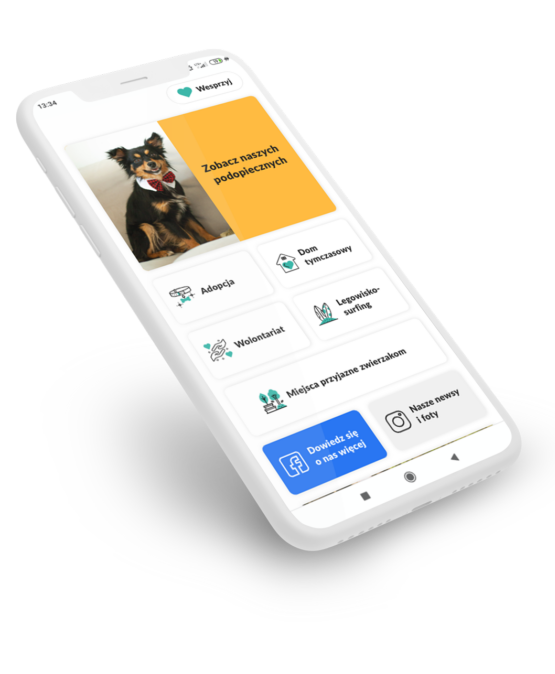
Next steps
Future plans for the application include finalising the project and finding funding for development.
In addition, since the foundation is on hold right now, there may be some adjustments needed, before the application could see the daylight.
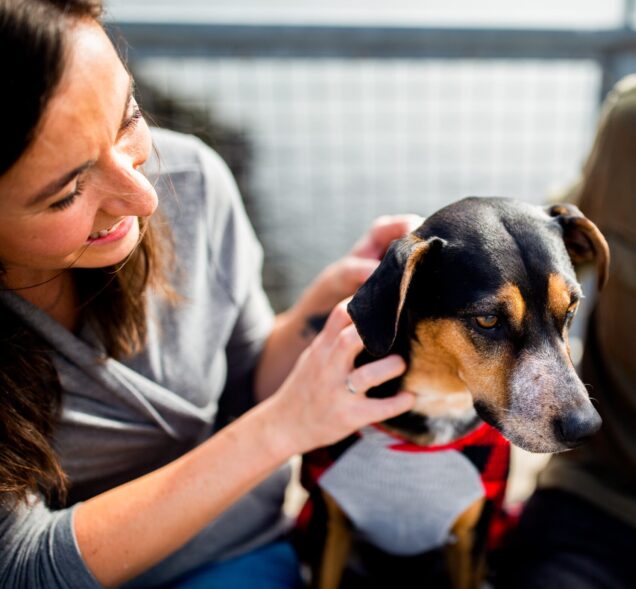
Measuring success
After developing the application, a few metrics will be taken into account to measure success of the product. Among the planned metrics there are:
• time spent on task – to check the time needed by the user to perform a task,
• completion rate for different flows, like expressing interest in adoption – to see how many users manage to finalise the process,
• abandonment rate – to verify how many users cancel the process,
• error occurence rate – to understand where users struggle,
• adoption rate – to check how quickly the product grows,
• retention rate – to see how many users stay with the application long-term and to help plan next steps of developing the product.
Apart from measuring the product, there would also be monitoring whether there is a difference in the adoption of animals.